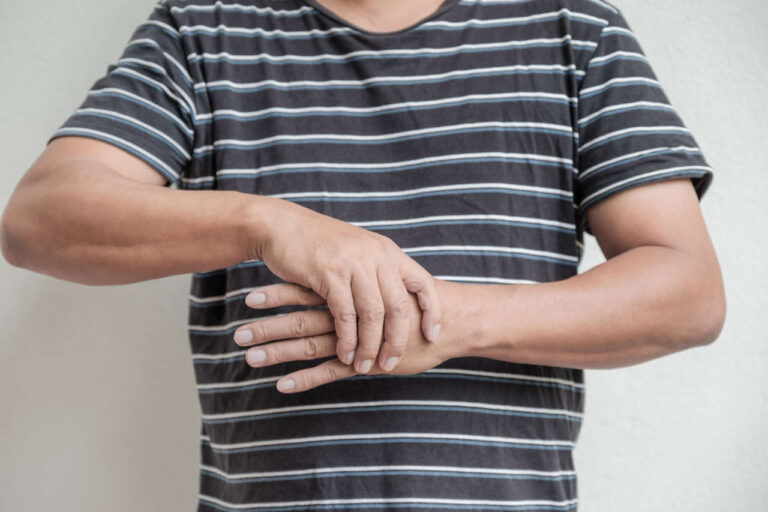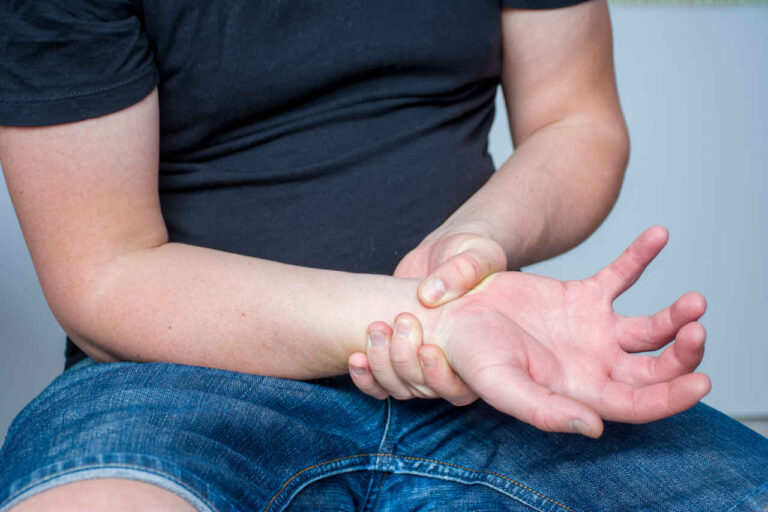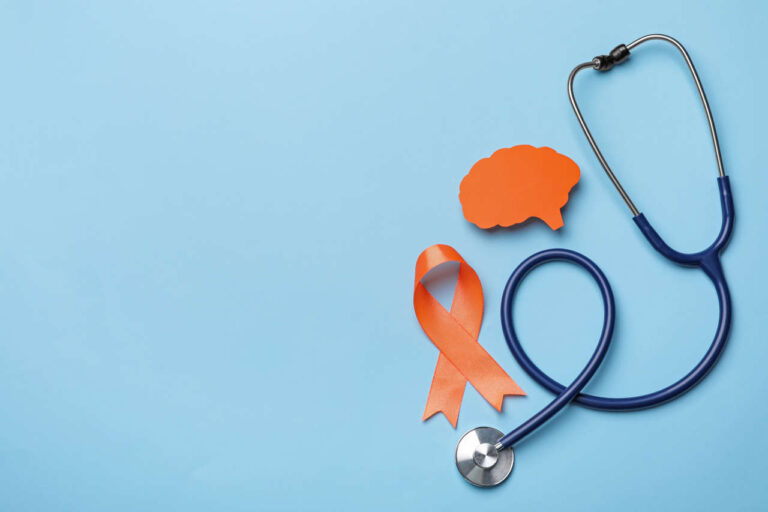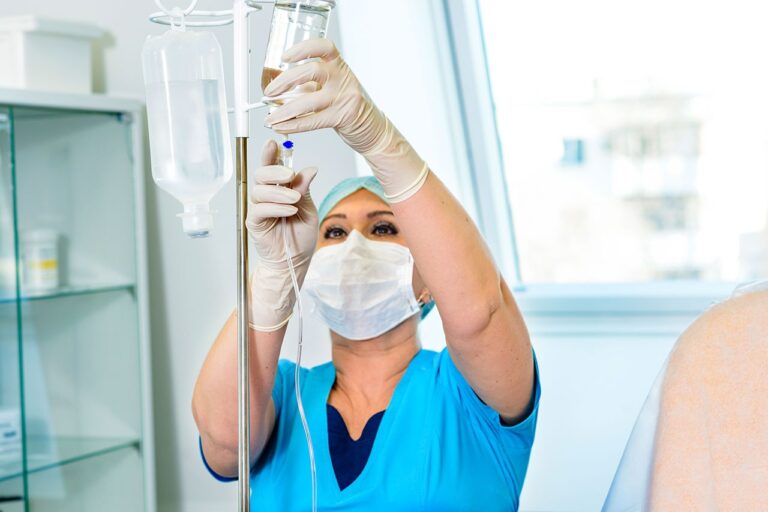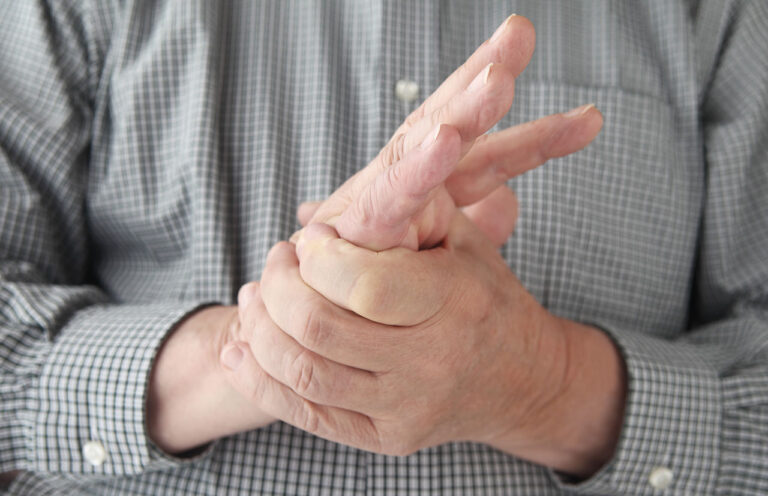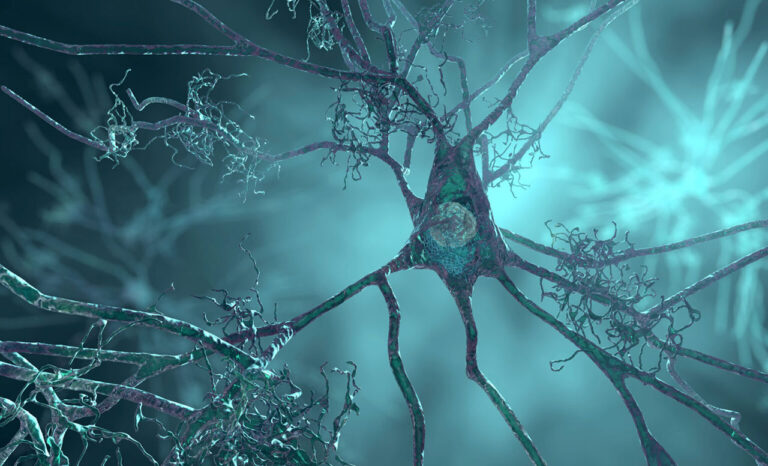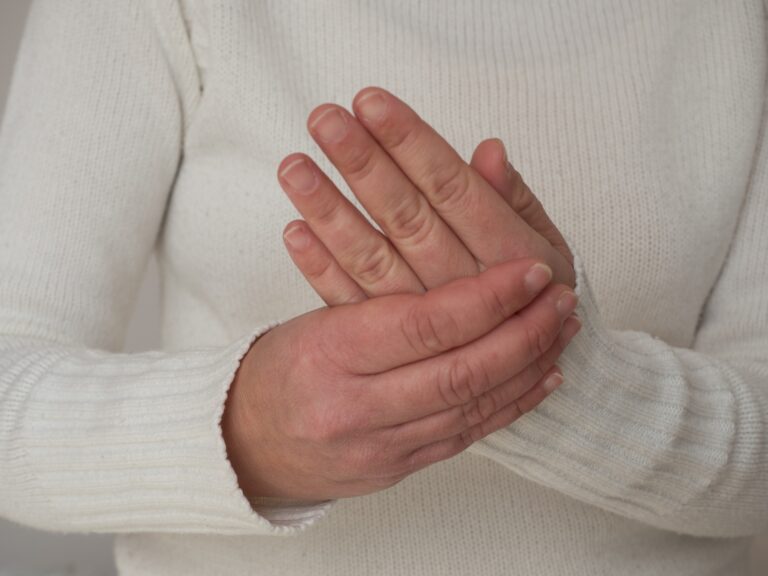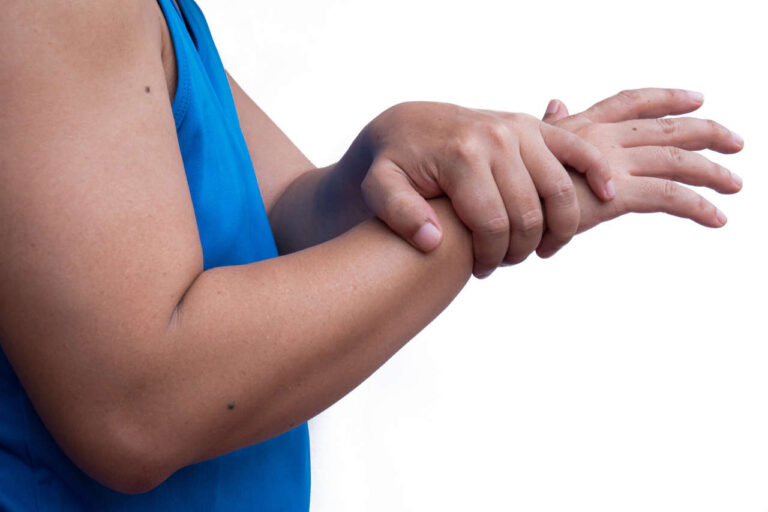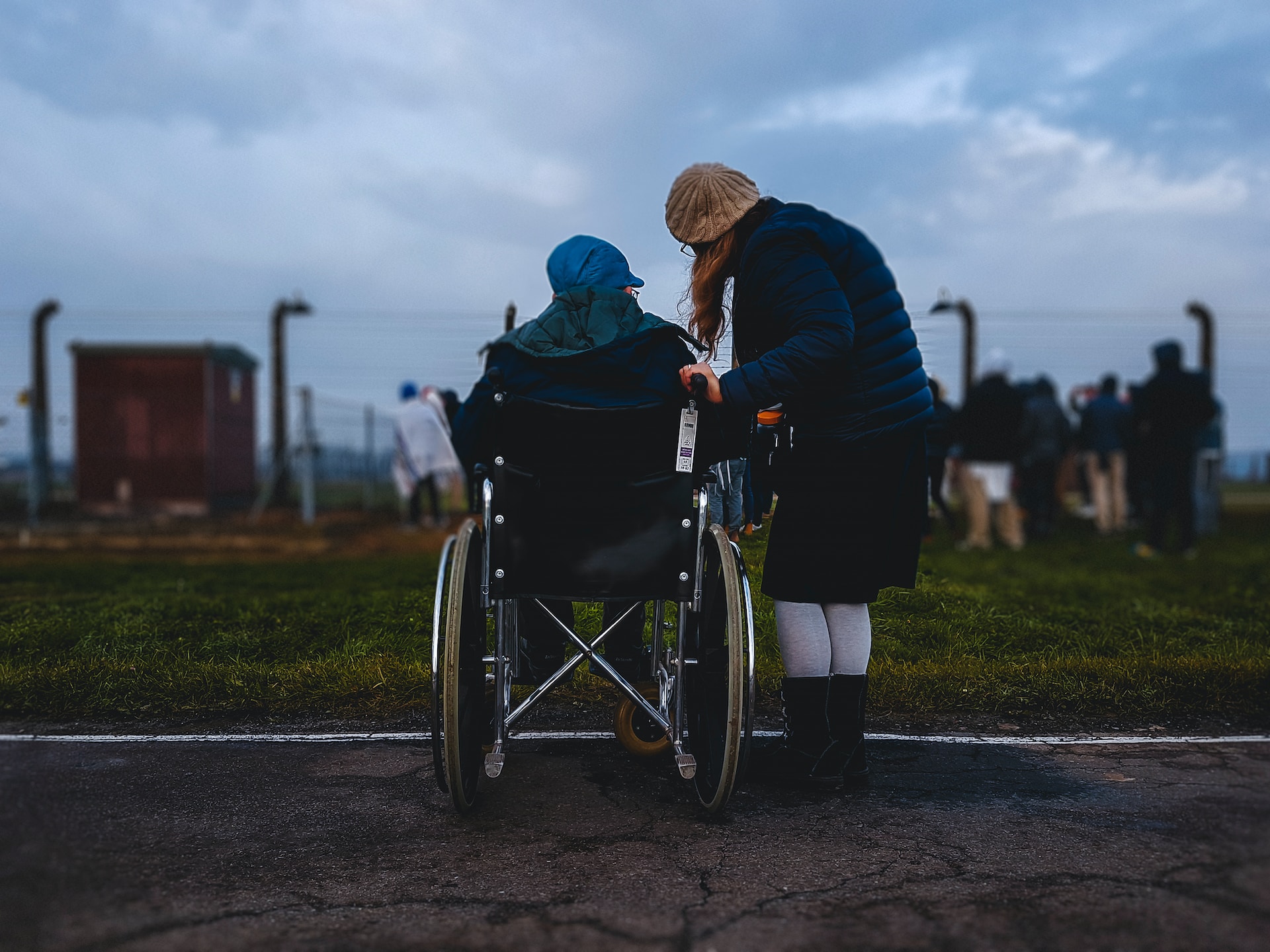
El síndrome de Guillain-Barré (SGB) y la polineuropatía desmielinizante inflamatoria crónica (PDIC) son trastornos autoinmunes que causan debilidad en todo el cuerpo.
Habla con un especialista
Acerca de la asistencia para copagosAlgunos médicos consideran que la PDIC es una forma crónica del SGB. Sin embargo, existen varias diferencias entre la PDIC y el SGB. Comprender los signos y las causas característicos del SGB y la PDIC le ayudará a prepararse mejor para afrontar estas enfermedades.
Aquí encontrará todo lo que necesita saber sobre estas dos enfermedades autoinmunes.
¿Qué es el síndrome de Guillain-Barré?
Síndrome de Guillain-Barré El síndrome de Guillain-Barré (SGB), o polirradiculoneuropatía desmielinizante inflamatoria aguda (PDIA), es un trastorno autoinmune poco común. En este trastorno, el sistema inmunitario ataca los nervios del sistema nervioso periférico, causando entumecimiento, hormigueo e incluso parálisis total.
¿Qué es la polineuropatía desmielinizante inflamatoria crónica?
Polineuropatía desmielinizante inflamatoria crónica La polineuropatía displásica crónica (PDIC) es otra enfermedad autoinmune poco común en la que el cuerpo ataca las vainas de mielina que aíslan las células nerviosas sanas. Este trastorno neurológico también afecta la movilidad y provoca una disminución de los sentidos.
Prevalencia de SGB frente a PDIC
El síndrome de Guillain-Barré se presenta en 1,1-1,8 de cada 100.000 personas Anualmente y es ligeramente más común en varones. La tasa de incidencia también aumenta en mayores de 50 años.
La CIDP, por otro lado, se presenta en 1,9-7,7 de cada 100.000 personas Cada año y ocurre el doble de veces en hombres que en mujeres. También es más común entre personas con diabetes.
Causas de CIDP y SGB
Aunque la CIDP y el SGB están relacionados, se desconoce la causa exacta de ambas enfermedades. Los científicos creen que son trastornos autoinmunes en los que el sistema inmunitario trata los nervios sanos como patógenos y los destruye.
En la mayoría de los casos, el SGB se presenta tras una infección bacteriana o viral. También puede desarrollarse tras una lesión, cirugía o vacunación. Por otro lado, no parece haber un desencadenante de la PDIC.
Los científicos han encontrado varias proteínas relacionadas con las proteínas que controlan nuestro sistema inmunitario en la sangre de pacientes con estos trastornos. Sin embargo, aún se desconoce si estas proteínas causan las enfermedades o son consecuencia de ellas.
Factores de riesgo para el SGB frente a la PDIC
Los factores más comunes que aumentan el riesgo de padecer SGB incluyen:
- Tener más de 50 años
- Diarrea e infección con Campylobacter jejuni bacterias
- Otras infecciones virales y bacterianas, como las causadas por el virus de Epstein-Barr (VEB) y el citomegalovirus (CMV).
La CIDP no presenta factores de riesgo distintivos. Sin embargo, algunos factores que pueden aumentar el riesgo de padecer esta enfermedad incluyen:
- Síndrome de Guillain-Barré
- Cáncer
- Vacunación
- Infecciones virales
Síntomas del síndrome de Guillain-Barré y la poliposis cirrosis hepática crónica (PDIC)
Síndrome de Guillain-Barré
Signos y síntomas del síndrome de Guillain-Barré Aparecen dentro de las tres semanas posteriores a la infección. Comienzan con entumecimiento o debilidad en brazos y piernas. A medida que la enfermedad progresa, también pueden presentarse los siguientes síntomas:
- Dolor de espalda
- Sensación de hormigueo
- Dificultad para respirar y tragar
- Problemas de equilibrio y coordinación
- Reflejos tendinosos profundos disminuidos o ausentes
- Debilidad en los músculos de la cara y los ojos.
Los cambios nerviosos también pueden causar problemas de visión, digestivos y palpitaciones. Estos síntomas podrían empeorar a lo largo de 3 semanas y provocar parálisis corporal total. Sin embargo, no empeorarán después de la cuarta semana.
Obtenga asistencia financiera para GBS o CIDP
PDIC
La PDIC tiene un inicio más gradual que el SGB, y sus síntomas son más progresivos. La mayoría de los pacientes presentan debilidad y entumecimiento en brazos y piernas. Muy pocos pacientes presentan problemas faciales u oculares.
Otros comunes Síntomas de la PDIC incluir:
- Fatiga
- Visión doble
- Pérdida de reflejos
- Problemas de equilibrio y coordinación
- Torpeza y dificultad para tragar
- Entumecimiento u hormigueo en las manos y los pies.
- Debilitamiento gradual y pérdida de sensibilidad en brazos y piernas.
Los síntomas de la CIDP afectan ambos lados del cuerpo y progresan gradualmente durante varios días o semanas.
Inicio y progresión del síndrome de Guillain-Barré y la polineuropatía desmielinizante idiopática crónica (PDIC)
El SGB se presenta de forma más aguda que la PDIC. El SGB suele aparecer en cuestión de días o semanas y suele aparecer después de otro evento, como una infección, una cirugía o una vacunación. Dado que el SGB solo tarda unas semanas en desarrollarse por completo, se considera una neuropatía autoinmune aguda.
La CIDP puede aparecer a lo largo de varias semanas, meses o incluso años, y rara vez se asocia con una infección u otro evento médico previo. Se considera una neuropatía autoinmune crónica, ya que puede tardar años en detectarse.
Pruebas de diagnóstico para GBS versus CIDP
La PDIC puede presentarse en el contexto de ciertos trastornos sanguíneos. La prueba más útil para distinguir el SGB de la PDIC es la velocidad de conducción nerviosa (VCN).
Las NCV mostrarán signos de daño en la vaina que rodea el nervio en la CIDP y ciertas formas de SGB, mientras que otras formas de CIDP muestran un bloqueo en la transmisión de impulsos por los nervios.
Si bien una punción lumbar o una biopsia de nervio pueden brindar información útil, generalmente no son necesarias para diagnosticar CIDP y GBS.
Opciones de tratamiento para el SGB frente a la PDIC
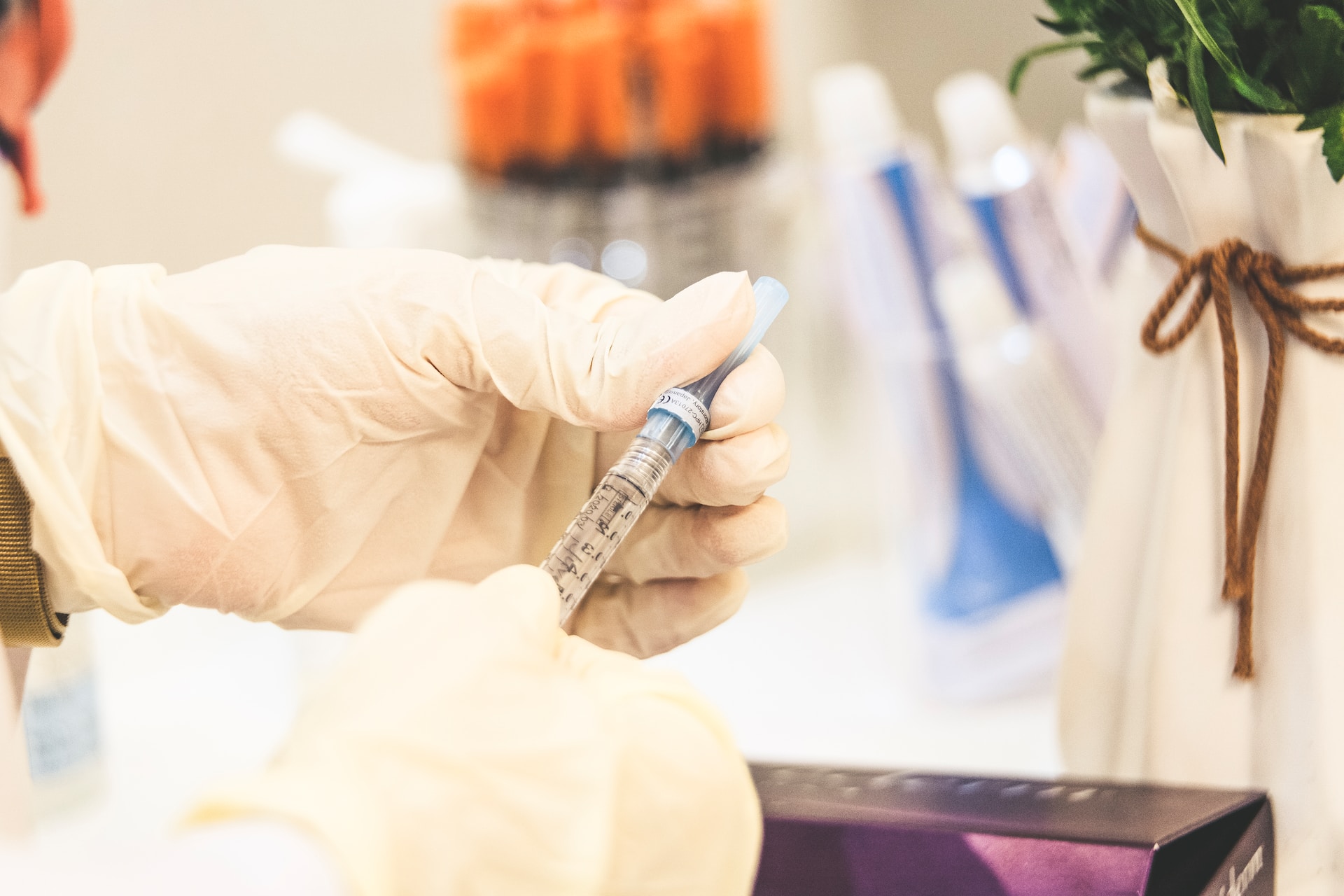
El tratamiento más eficaz para la PDIC y el SGB es la inmunoterapia. Sin embargo, no es la única opción. A continuación, se presentan los tratamientos más comunes para estas dos enfermedades autoinmunes.
Información del tratamiento
Obtener autorización previaTratamientos para el síndrome de Guillain-Barré
El más común Opciones de tratamiento para el síndrome de Guillain-Barré Incluyen el recambio plasmático (RP) y la inmunoglobulina intravenosa (IGIV). Ambos tratamientos tienen resultados y efectos secundarios similares, que son fácilmente controlables.
Los esteroides no son eficaces en el SGB. Un anticuerpo monoclonal llamado eculizumab (EC) ha sido útil en el tratamiento de casos más graves y se encuentra en fase de pruebas adicionales.
Algunos pacientes en etapas avanzadas del síndrome de Guillain-Barré pueden necesitar muchos cuidados de apoyo, incluido apoyo ventilatorio, durante varios meses antes de la recuperación completa.
Tratamientos para la PDIC
Tratamientos de CIDP Incluyen la PE, la IgIV y los esteroides. Son igualmente eficaces. Los científicos aún no han determinado la dosis óptima de estos agentes.
Si bien los pacientes experimentan una mejora significativa con el tratamiento, estos beneficios solo duran unas pocas semanas. Por lo tanto, es necesario realizar tratamientos cada pocas semanas, a veces durante años.
Para los pacientes que no mejoran con los tratamientos mencionados, la ciclofosfamida es útil. La fisioterapia (FT) suele ser útil para los pacientes con PDIC.
¿Cómo puede la IgIV ayudar a las personas con síndrome de Guillain-Barré y poliomielitis cirrosis?
Inmunoglobulina intravenosa (IgIV) es un tratamiento aprobado por la FDA que puede ayudarle a controlar ambas enfermedades. La solución de IgIV contiene anticuerpos extraídos del plasma de donantes sanos.
Aunque el mecanismo de acción exacto sigue siendo un misterio, los científicos creen que la IgIV trata las enfermedades autoinmunes al crear un equilibrio. Aporta al cuerpo suficientes anticuerpos saludables para evitar que un sistema inmunitario debilitado se autoataque.
Al regular su sistema inmunológico, la IgIV puede aliviar sus síntomas y ayudarlo a recuperarse. Varios estudios Apoyar la eficacia de IgIV para la PDIC y SGB, por lo que puede elegir este tratamiento con confianza.
Procedimiento de IVIG para GBS versus CIDP
Terapia con IgIV Es un procedimiento sencillo. Tanto si tiene SGB como PDIC, el proceso se detalla a continuación:
- Irás a un centro de infusión, una clínica o un hospital, o una enfermera especializada irá a tu casa.
- La enfermera insertará una aguja intravenosa en su brazo por vía intravenosa o subcutánea y comenzará la infusión.
- Después de aproximadamente 3 a 5 horas, toda la solución de IgIV ingresará a su cuerpo.
Este procedimiento es prácticamente indoloro. Solo sentirá molestias cuando la enfermera le inserte la aguja en el brazo. También podría experimentar efectos secundarios leves, como dolor de cabeza y fiebre, que desaparecerán poco después de la infusión.
Costo del tratamiento con IgIV para el síndrome de Guillain-Barré frente a la PDIC
El costo de la IgIV La terapia es similar tanto para la PDIC como para el SGB. Puede variar entre $100 y $350 por gramo, dependiendo de diversos factores, como:
- Edad
- Peso
- Marca de IgIV
- Método de inyección
- Número de infusiones
El costo total puede superar los $5,000 por persona. Sin embargo, se puede financiar con diversas ayudas financieras. asistencia para copagos programas. El seguro también cubrirá una parte de los costos dependiendo de su condición.
Perspectivas y recuperación para el síndrome de Guillain-Barré frente a la poliposis desmielinizante inflamatoria crónica (PDIC)
El Perspectivas a largo plazo para el síndrome de Guillain-Barré El pronóstico es prometedor, con un 95% de pacientes que se recuperan en diversos grados. Los síntomas suelen empeorar durante cuatro semanas antes de estabilizarse.
La mayoría de las personas se recuperan en un plazo de 6 a 12 meses tras iniciar el tratamiento. En otras, la recuperación puede tardar hasta 3 años. Algunas personas seguirán experimentando debilidad muscular, mientras que otras podrían sufrir una recaída.
Vivir con CIDP Varía de una persona a otra. La mayoría de las personas con PDIC experimentan una mejoría inmediata de sus síntomas tras recibir tratamiento. Otras pueden experimentar síntomas ocasionalmente.
Muchas de las personas con CIDP tendrán algún grado de discapacidad físicaSin embargo, los pacientes con ambas enfermedades pueden evitar la discapacidad y la parálisis con una detección temprana y un tratamiento adecuado.
Habla con un especialista
Acerca de la asistencia para copagosManeje CIDP y GBS con la Farmacia Especializada AmeriPharma®
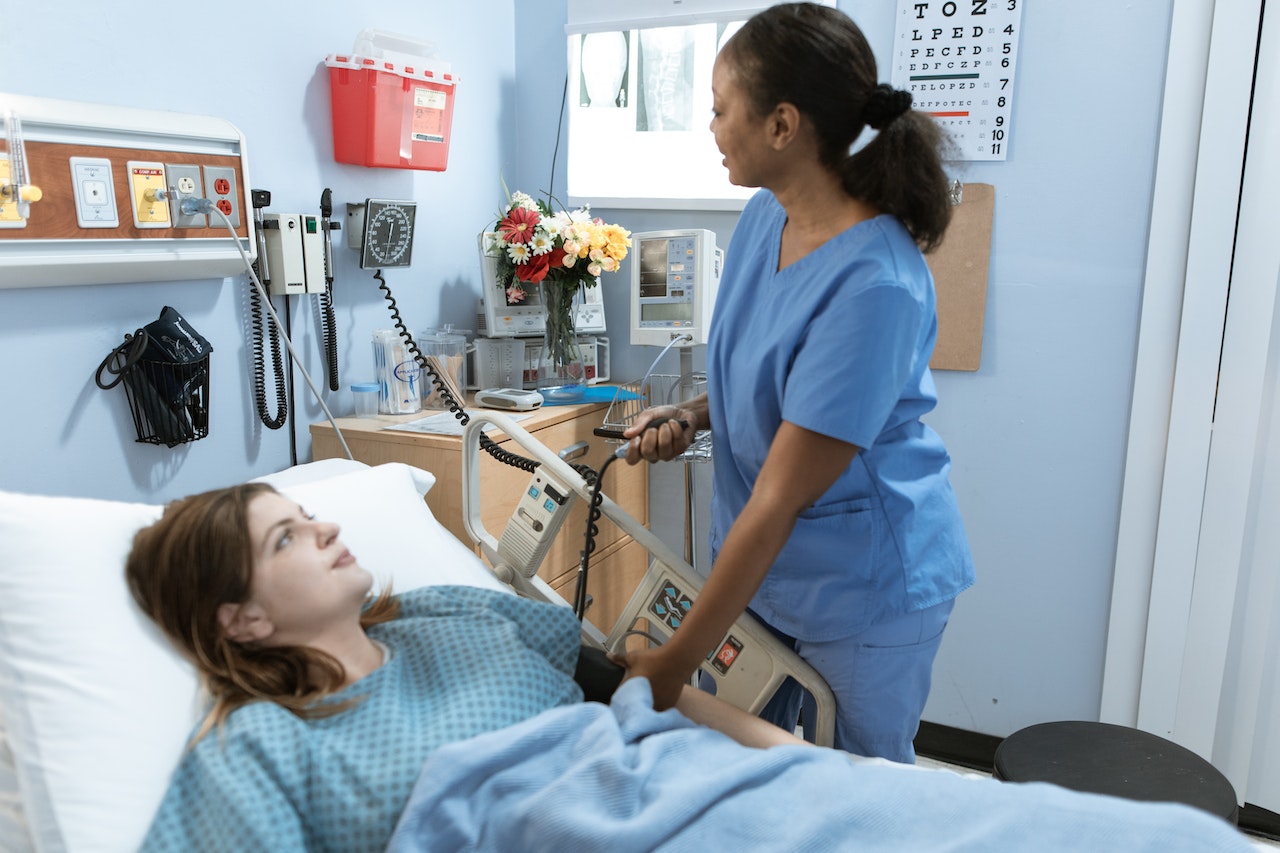
Si bien el síndrome de Guillain-Barré y la polineuropatía desmielinizante inflamatoria crónica son afecciones similares, presentan diferencias notables. Conózcalas y aprenda a reconocer los síntomas del SGB frente a la PDIC para poder consultar a un médico a tiempo.
Si ya le han diagnosticado alguna de estas afecciones, podemos ayudarle a controlarlas. En AmeriPharma® Specialty Pharmacy, ofrecemos servicios de infusión a domicilio y medicamentos difíciles de conseguir para personas que padecen afecciones debilitantes en más de 40 estados y territorios de EE. UU.
Empezar Contáctenos ahora para aprovechar nuestra asistencia con copagos, asistencia las 24 horas, los 7 días de la semana, los 365 días del año y coordinación de atención de servicio completo.

